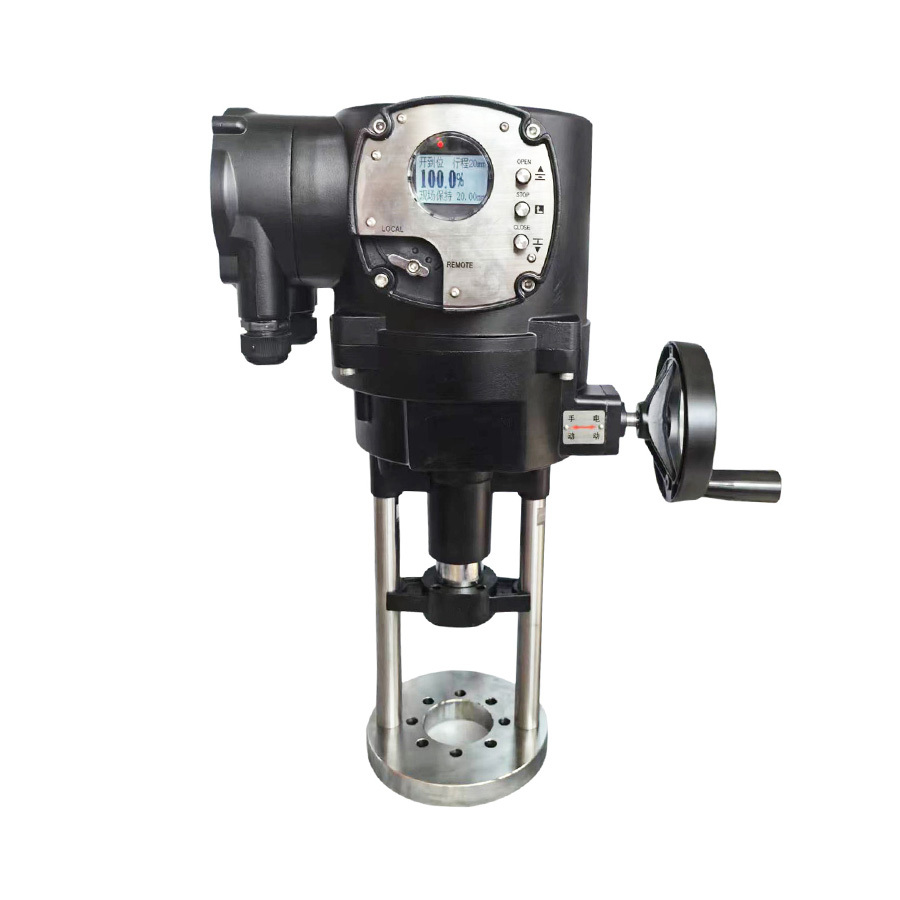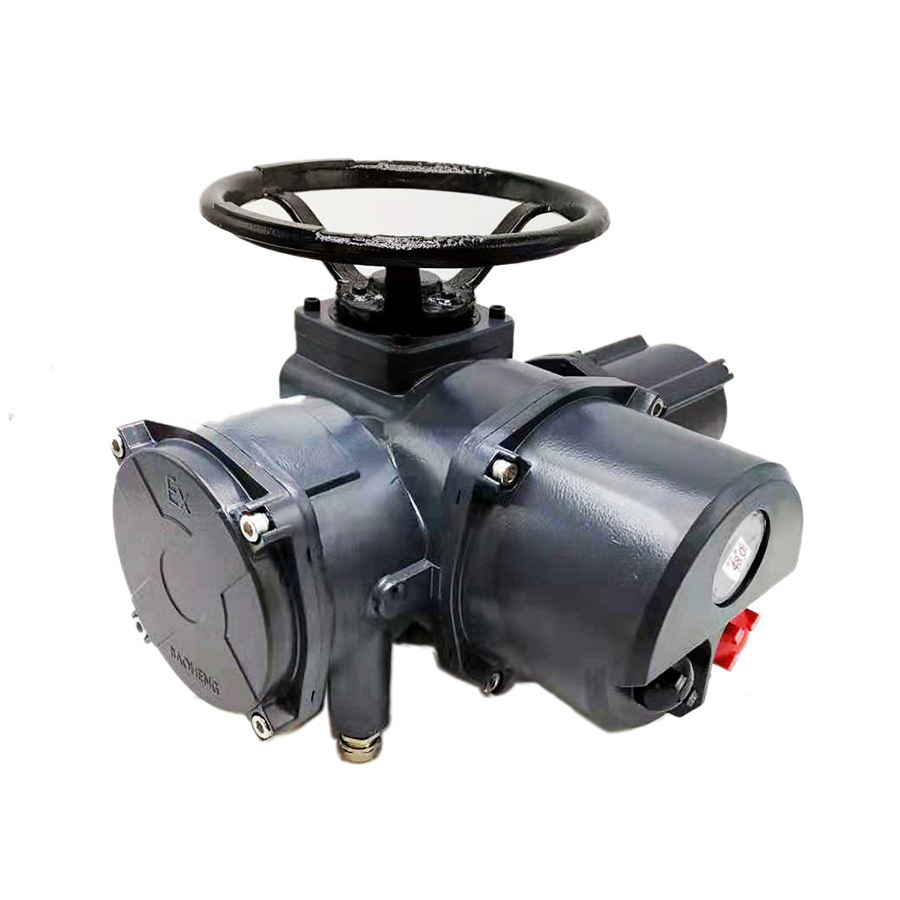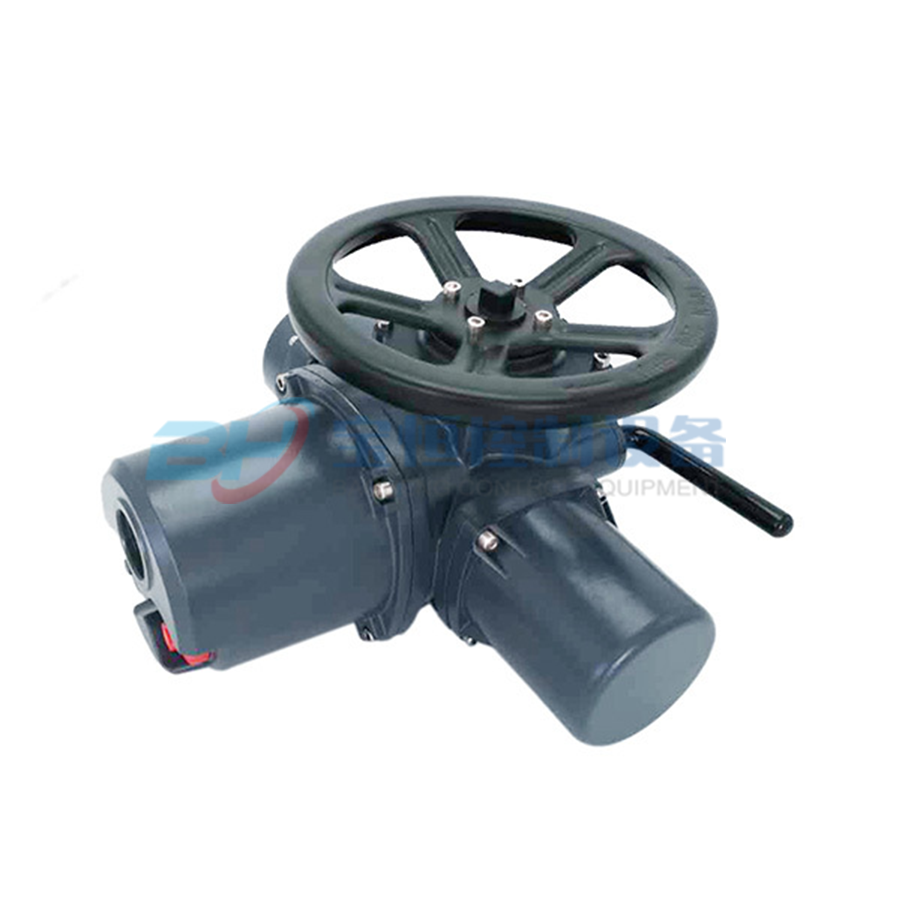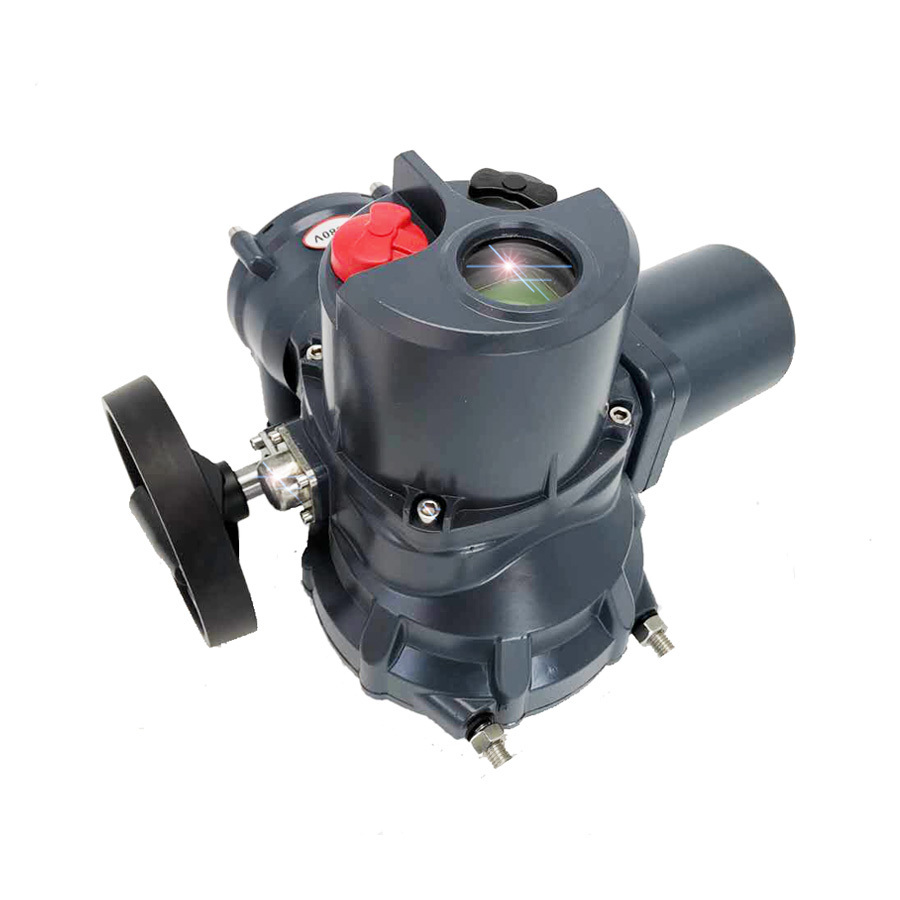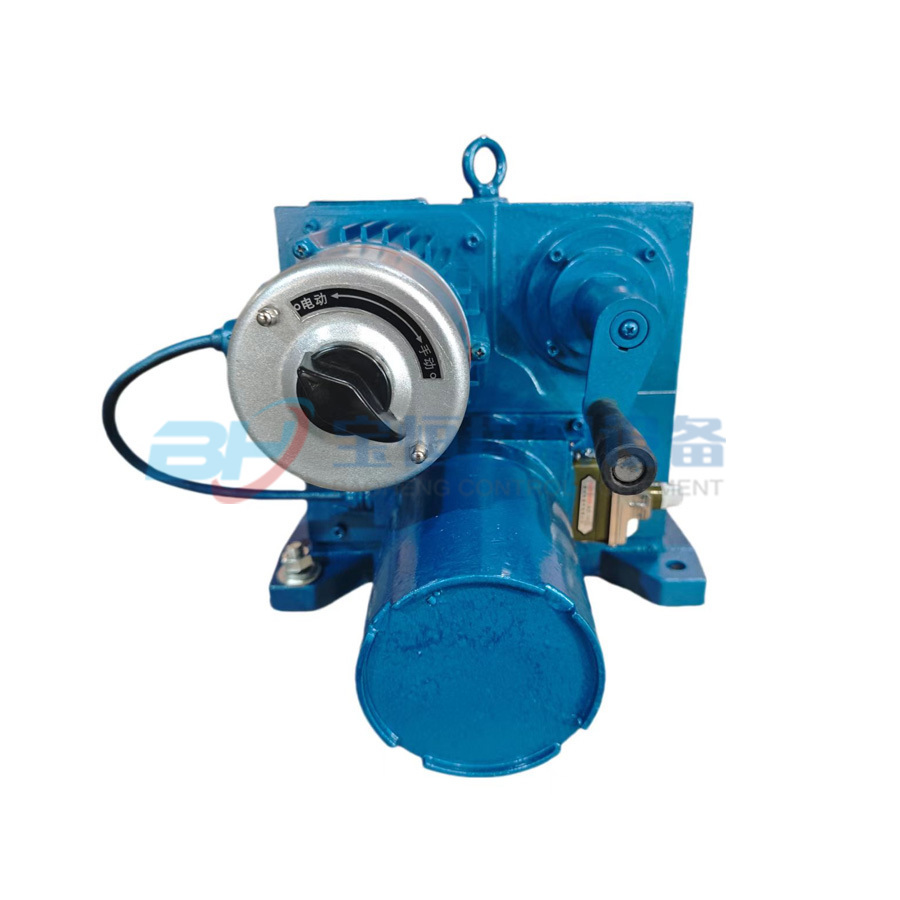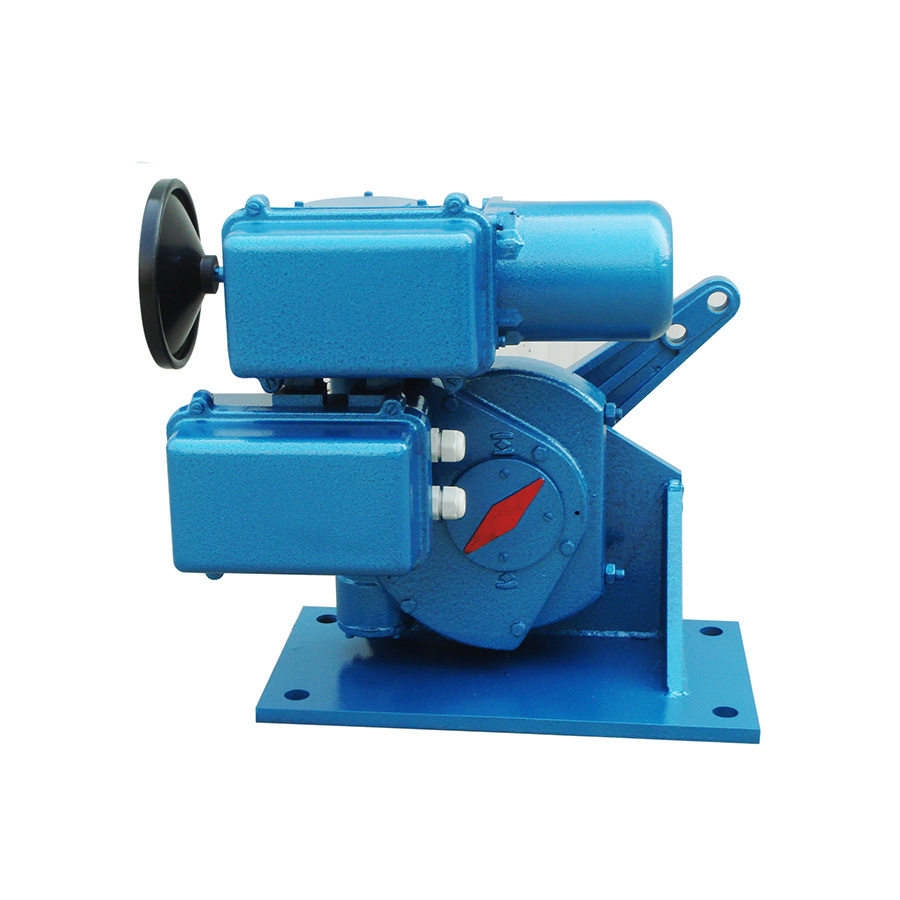HCV type ball valve
The control valve consists of two main components: the valve body assembly and the actuator assembly (or actuator system), divided into four major series: single-seat series control valves, double-seat series control valves, sleeve series control valves, and self-operated series control valves.
- Commodity name: HCV type ball valve
Control valves are composed of two main components: the valve body assembly and the actuator assembly (or actuator system), divided into four major series: single-seat series control valves, double-seat series control valves, sleeve series control valves, and self-operated series control valves. Variants of these four types of valves can lead to many different applicable structures, each with its specific applications, characteristics, advantages, and disadvantages. Although some control valves have broader application conditions than other valves, control valves are not suitable for all conditions, in order to jointly build solutions that enhance performance and reduce costs.
There are many types of valve bodies for control valves, commonly including straight-through single-seat, straight-through double-seat, angle, diaphragm, small flow, three-way, eccentric rotary, butterfly, sleeve type, and spherical. When making a specific selection, the following considerations can be made:
1. Mainly consider factors such as the selected flow characteristics and unbalanced forces.
2. When the fluid medium contains a high concentration of abrasive particles in suspension, the internal material of the valve should be hard.
3. Due to the corrosive nature of the medium, it is advisable to choose valves with a simple structure.
4. When the temperature and pressure of the medium are high and vary greatly, valves should be selected with materials for the valve core and seat that are less affected by temperature and pressure changes.
5. Flashing and cavitation occur only in liquid media. In actual production processes, flashing and cavitation can cause vibrations and noise, shortening the lifespan of the valve; therefore, care should be taken to prevent flashing and cavitation when selecting valves.
Characteristics
1. There are various types of control valves, each suitable for different occasions; therefore, the type of control valve should be reasonably selected according to the requirements of the production process.
2. Pneumatic control valves are divided into two categories: air-open and air-close. Air-open control valves close in a failure state, while air-close control valves open in a failure state. Some auxiliary devices can be used to form a position-holding valve or to make the control valve self-locking, meaning that in the event of a failure, the control valve maintains the opening degree of the valve before the failure.
3. The air-open and air-close methods can be achieved through the combination of positive and negative acting actuator types and positive and negative body valves, and when using valve positioners, this can also be achieved through the valve positioner.
4. Various control valves have different structures, each with its own characteristics.
Message





